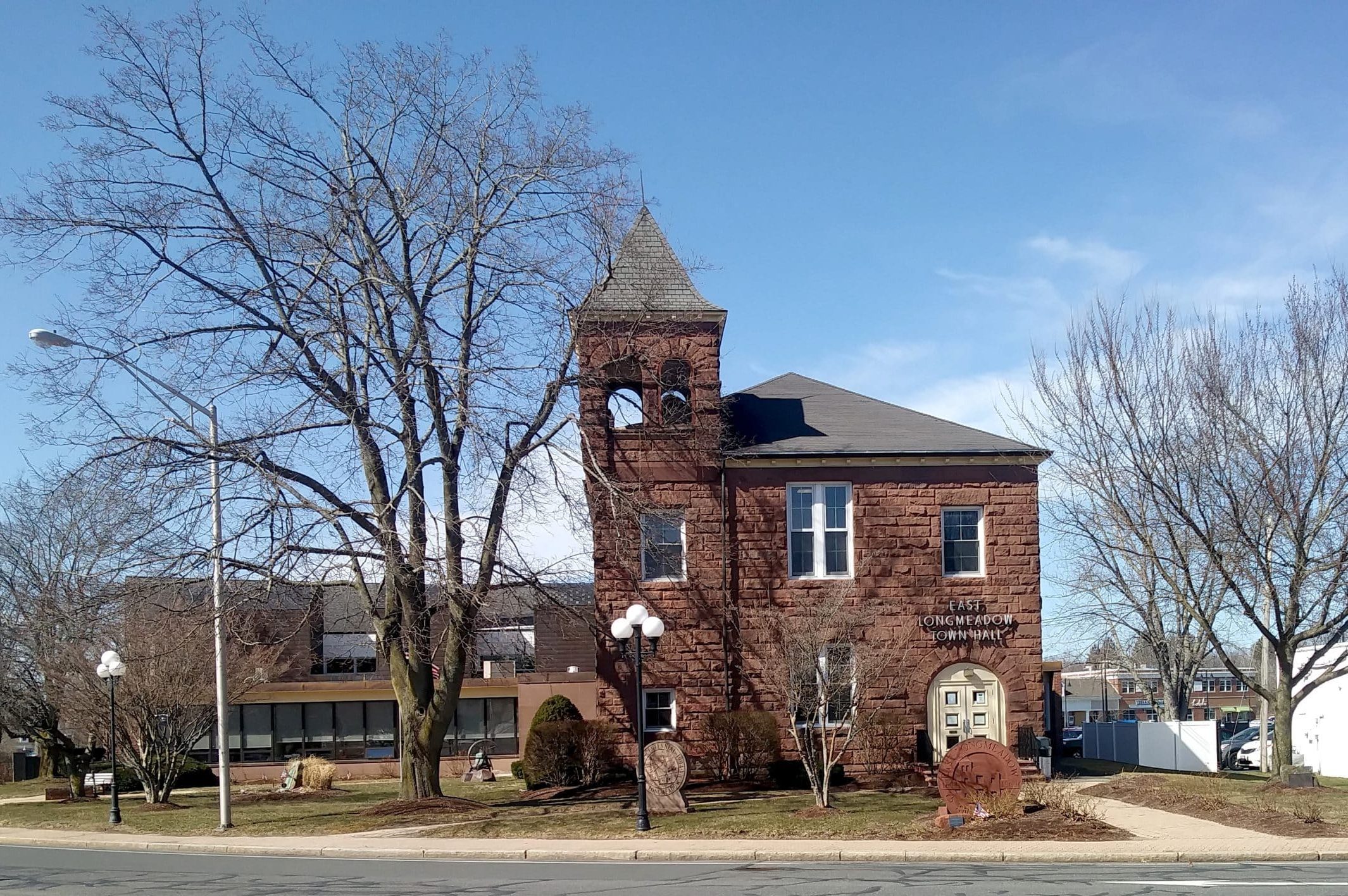EAST LONGMEADOW — East Longmeadow residents may be in for some sticker shock on Jan. 1, 2026.
“Your bills are going to be higher. No doubt,” said Board of Assessors Chair Marty Grudgen, urging taxpayers to be prepared.
Grudgen and Director of Assessing Diane Bishop met with the East Longmeadow Town Council on Nov. 13 for the annual tax classification hearing. Grudgen explained that home values in 2024, the last full calendar year of data, rose about 6% over the previous year. The median home price in town is now $418,200. And with about 160 home sales in 2024, just slightly down from 2023, Grudgen said, “The market is still hot in East Longmeadow.
Usually, when home values increase, the property tax rate drops. Not this year, Grudgen said. Because of debt from the high school building project, the tax rate is expected to increase from $18.48 per $1,000 of home value to $19.43 per $1,000. This will raise the average tax bill by between 10% and 11%. Grudgen delivered the good news that taxpayers are expected to see that spike decrease over the life of the debt. Bishop cautioned that the tax rate would not be officially set until approved by the state.
Tax rates are calculated based on the prior year’s levy, which is the amount raised from taxes. For fiscal year 2025, the levy limit was $53.21 million. Under state law, towns are allowed to add a maximum of 2.5% per year plus any new growth from properties that were built on or improved. FY25 also saw some amended new growth, which is added to this year’s figure. That would bring the new levy limit to $55.53 million. For the first year, the debt from the construction of the new East Longmeadow High School will be added to the levy. This year, that amount is $5.57 million. This brings the full levy for FY26 to $61.1 million.
While that is the maximum amount that can be raised in taxes, Bishop said, “We did not spend to the maximum.” Instead, the town’s budget, as approved by the council in June, was set at $59.17 million, leaving a $1.9 million excess levy capacity. The excess levy capacity is essentially a cushion that the town could tax up to, if needed.
The full budget of $59.17 million must be raised, but the Town Council has a few options in how those taxes are distributed. The first question the council discussed is whether to establish a single tax rate for all properties, Alternatively, the town could use one tax rate for residential property and another for commercial, industrial and personal property, which includes equipment, machinery and material goods.
Bishop said that 83% of property in East Longmeadow is residential. About a third of the municipalities in the state use a split tax rate, but it is usually used in cities and towns with large commercial or industrial sectors. Bishop explained that if the town shifted 50% of the tax burden away from residential taxpayers and onto commercial and industrial property owners, the average annual residential bill would drop by $811. For the relatively few commercial and industrial taxpayers, however, it would increase by about $10,000. Because it would create an outsized burden on those people without a proportionate payoff for residential property owners, she did not recommend a split rate.
There are also tax rate shifts possible within each class of property. The town could adopt a shift that allows owner-occupied residential properties to carry a smaller portion of the tax burden than rental properties. About 20 of the state’s 351 municipalities use this and most of them have a large volume of rental properties. East Longmeadow’s housing is mostly owner-occupied. This sets up a similar situation to the split tax rate, in which a large number of people would see a relatively small benefit, while the few rental properties would bear a disproportionate cost.
There is also an option to shift the tax burden from properties that house small businesses to other commercial properties. To benefit from the tax shift, all businesses located on the property would need to employ 10 or fewer people and be valued at no more than $1 million. There are 36 properties in town that might qualify, Bishop said the shift does not benefit the small businesses, but the property owners. Just 14 communities use this tax shift.
When Councilor Ralph Page asked if there were any available tax breaks for seniors, Bishop said no, but there are for taxpayers whose property has a low value. She suggested people call the assessors’ office to see if they qualify.
Bishop and Grudgen recommended a single tax rate with no shifts in the tax burden. Historically, these are the parameters passed by the Town Council, who voted unanimously to do so this year.


